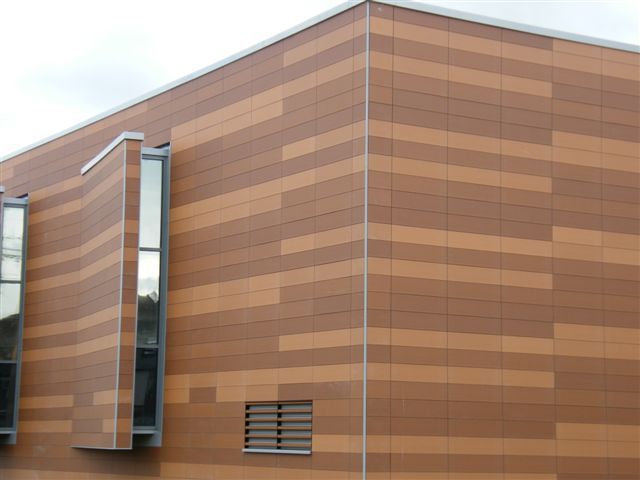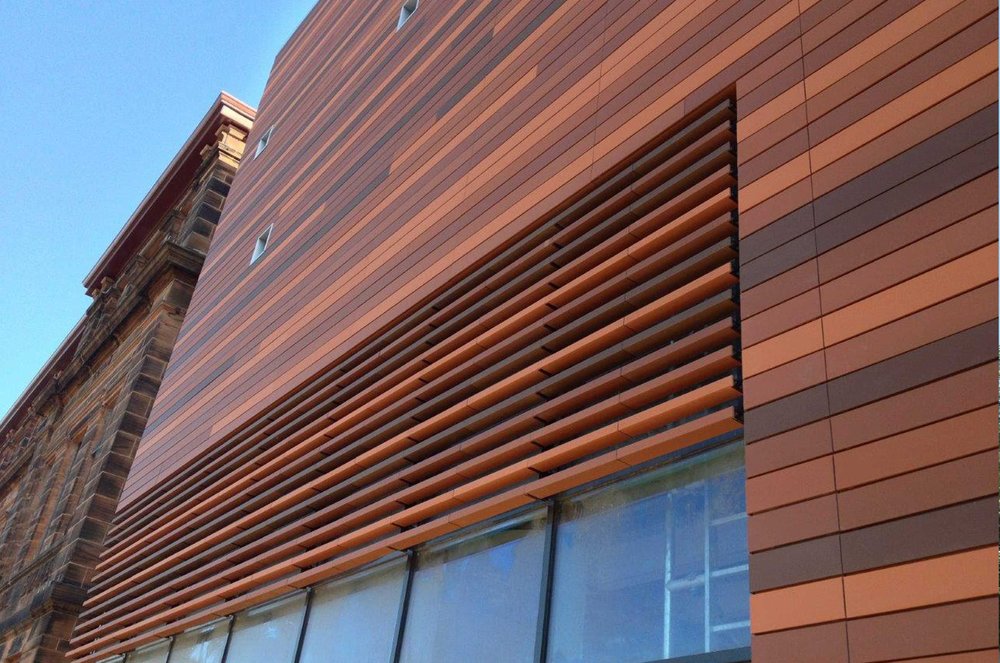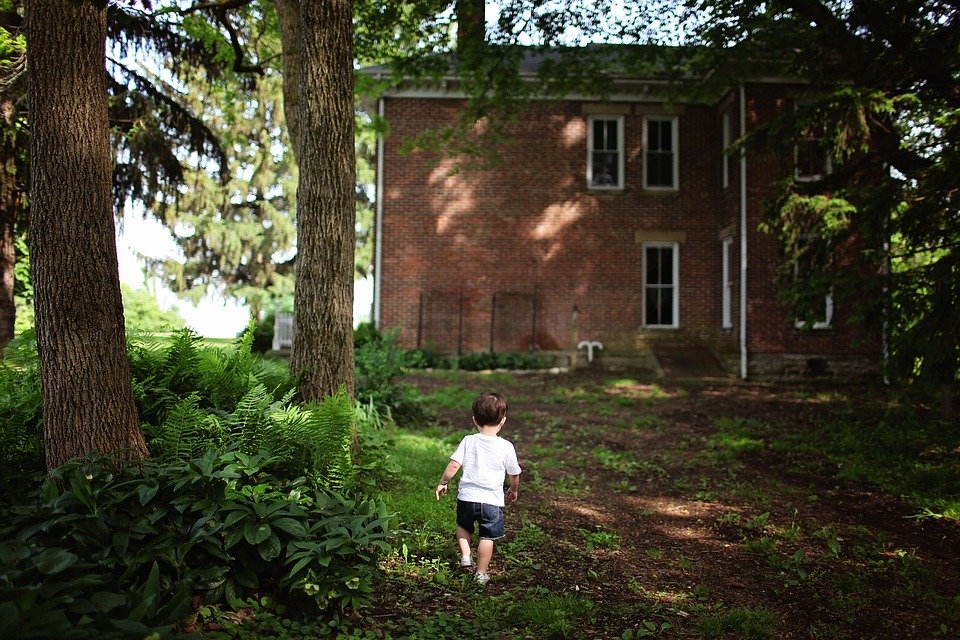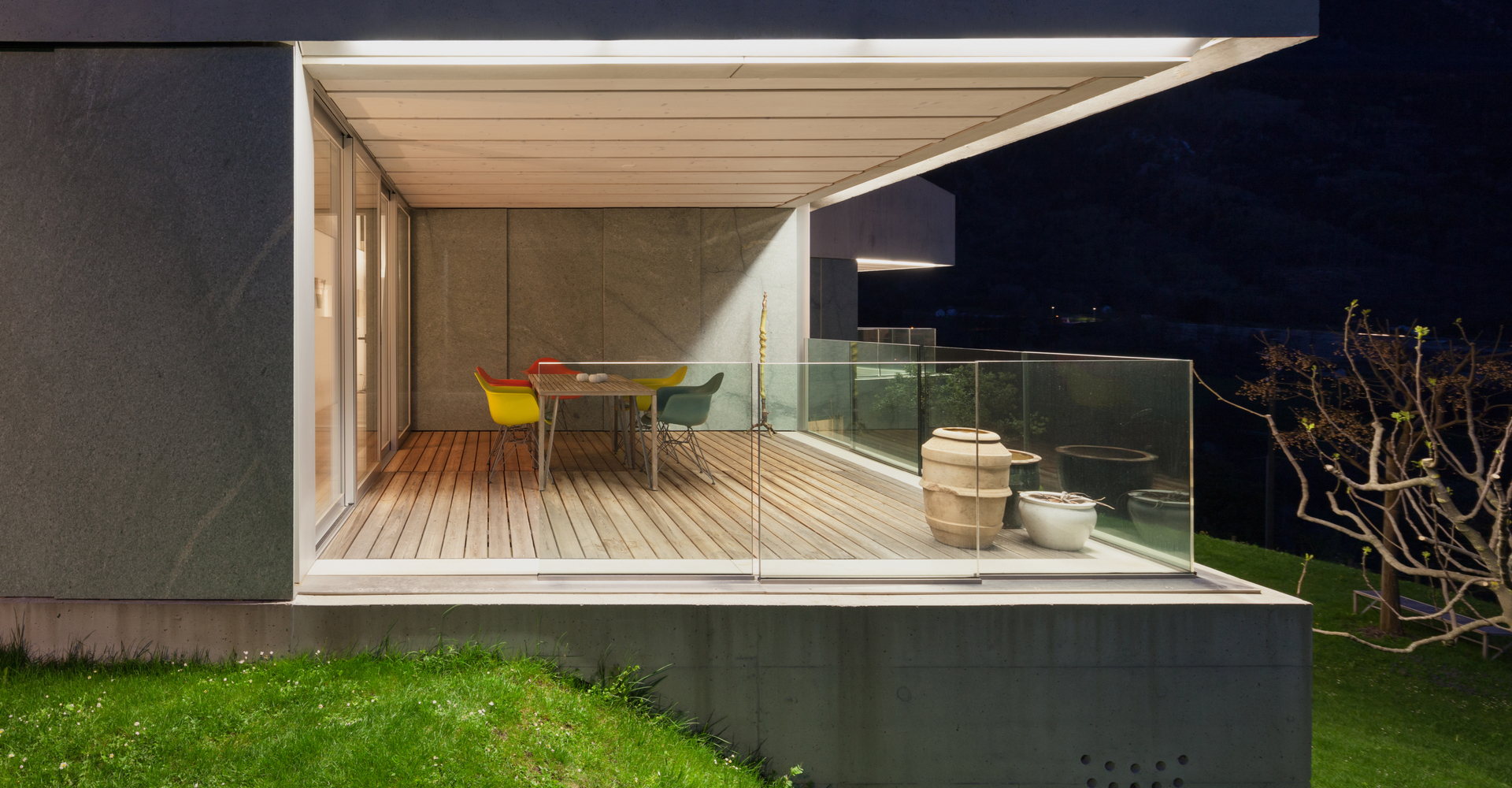You might have heard about cladding. Cladding is done by using various types of materials such as wood, metal, brick, and vinyl. As an architect, you know how vital is cladding and how significantly it transforms the look of any building. Not only does it increase the visual appeal, but it also saves an architecture from rain, wind and sometimes provides sound & thermal isolation!! But what is the best material to do cladding of any building?
Do you know about the terracotta cladding? From the past few years, it is a popular choice for architects. The word ‘Terracotta’ has originated from Italy, which means ‘baked earth.’ This term is used universally to describe items made out of baked clay.
Do you know the reason behind the increasing demand of terracotta in the architecture industry? It has many qualities, such as heat and climate resistance, eco-sustainability, good strength, longevity and ease of manufacturing.
So, let’s know more about terracotta cladding and how you can use them to enhance the appearance and longevity of any building.
What is Terracotta Cladding?
First, understand what cladding is? Cladding is a process of applying multiple layers one each other to provide a degree of weather resistance and thermal insulation.
According to LOPO,” terracotta cladding is 100% natural, and it is made from natural clay mixed with water and the process finishes off with high-temperature firing work. It can also be combined with other facade materials like stone, glass, steel, etc.”
Terracotta cladding is made from the fired mixture of clay and water that can be used on the exterior or interior of any architecture in either structural or non-structural form. It comes in various colors and designs, and so, it is easy for architects to create fantastic facade wall designs.

3 Types of Terracotta Cladding
1. Terracotta Rainscreen Cladding
Terracotta Rainscreen Cladding is a back-ventilated curtain wall system that consists of terracotta panels, a ventilated cavity, supporting track systems and vapor barriers. It is based on the principle of the rain screen system where the rainwater doesn’t enter the cavity. Instead, the water drains out from the installation system behind vertical joints.
Terracotta Rainscreen protects the building from rain, snow, and wind. Another great thing about them is that they do not consist of sealants and grout like silicone. From Ivory, brown to pearl white and pink, They have an extensive range of color options. So, you can select any color as per your liking.
2. Terracotta Precast Concrete Panels
Terracotta wall Panels are made of weathered clay, which is vented out of the vacuum chamber and then fired into a high-temperature roller kiln. Generally, panels are used with a thickness of 10-30 mm. Based on their installation techniques, some manufacturers classified them into two categories: Solid Terracotta Tile and Terracotta Rainscreen Facade Panel. They’re known for their durability and sustainability.
3. Terracotta Sunshade
Terracotta Sunscreen is also known as “Terracotta Baguette or Terracotta Louver.” Just like the rainscreen cladding, they are also made of natural clay, mixed with an appropriate amount of water. Terracotta baguette is very popular as a decorative building material. It is commonly used in front of glass curtain walls and passages. They can be used on both exterior and as well as the interior of buildings to create unique visual effects.
Various Designs of Terracotta Cladding
Terracotta cladding comes in a variety of colors. We know the most common color is red, but actually, its natural color varies from light cream to dark grey. By adding various pigments and glazes, it can be made in several more colors such as green, white, yellow, purple, and many other shades.
1. Glazed
By adding glaze to the cladding, you’ll get a white or off-white body color. Glazed is always applied to the tiles before they go into the firing process. There are also numerous types of glazes such as light glaze: where you can still see the body color and opaque glaze: where you can’t see the body at all. You can achieve various opacities and finishes, just by adding glaze in the tiles. You can also choose either a high gloss or a completely matte one. As per your requirement, it is even possible to add multiple layers of glaze and other special effects.
2. Unglazed
Even the unglazed tiles look pretty good, and you can also create different colors by combining various types of clay, such as mix red and white to get lighter shades of red. The best thing about terracotta cladding is that you’ll not see the tiniest difference in color over 50 or even in 100 years.
3. Shapes & Textures
Terracotta tiles are popularly used as the main design feature in contemporary architecture. They can easily be shaped in any form such as squares, oblong, ovals, triangles, and even in three-dimensional shapes. There are many terracotta companies like Loopchina, which can customize according to your requirements.
Benefits of Terra cotta Cladding
Now. let’s talk about the advantages of terracotta cladding and why you should use them in architectural designs:
1. Durable and Long Lasting
As compared to other cladding materials, terracotta has a long life cycle. It is made from raw and natural clay, so the strength is natural. Besides, it passes through high temperatures, which makes it more durable and reliable. While other fiber cement facades lose their color, terracotta cladding won’t change its color, and in fact, without much maintenance, it is possible that it can last upto many decades.
2. Thermal Insulation
Terracotta has a ventilated cladding system; due to this, it provides better thermal performance as compared to any other conventional insulation systems. There is a constant circulation of air between cladding & insulation. Due to this, condensate is continuously evaporated, resulting in reduced thermal transfer.
Generally, the Rainscreen principle provides better performance than the precast cladding, but only when it is done using a sandwich wall concept. It also gives weather resistance and also reduces energy consumption.
3. Low Maintenance
We already told you about the good life span of it, with that the maintenance is also very low. Surprising, right? Another great thing about them is that they won’t get dirty. You can wash them every 2-3 years, and your exteriors will look as if it were the original.
4. Safe & Environment Friendly
There is no doubt that terracotta is 100% eco friendly. It is a very safe cladding material because it is fired at a high temperature, and it has also been rated Class A fireproof.
You have already seen many buildings (both modern and old ones) covered in the terracotta cladding. You can effortlessly create stylish & elegant looks to the contemporary one. The best thing about them, which attracts many architects, is its low maintenance cost. So, what do you think about them? It has beautiful colors and textures, which offer any architect to have limitless options to build a masterpiece. So, include terracotta cladding in your construction. And, if you’ve some specific design in mind, you can ask the manufacturer to customize it. Many manufacturers like Lopochina can customize the shape and size according to customer needs.





